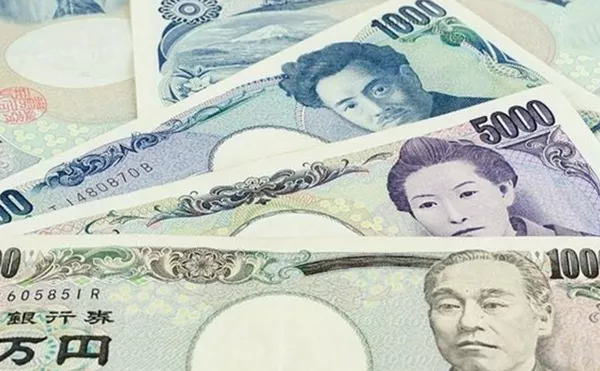MARKETS
Energy-related base effects caused a significant slowdown in headline inflation figures for Spain, Belgium and Germany, paving the way for a downside surprise in today’s EMU reading. German Bunds rallied temporarily, but failed to hold on to intraday gains. German yield changes ultimately ranged from -1bp to -2.5bp, with the belly of the curve outperforming the wings.
US Treasuries underperformed despite a brief rally around the release of the US Treasury’s quarterly borrowing statement. They cut net borrowing for the October-December quarter to $776 billion from an estimated $852 billion in July (still a record for a Q4 quarter). The forecast for the Treasury’s cash balance at the end of December is unchanged at $750 billion. The reduction is due in part to the size of deferred tax receipts from states that received extensions due to natural disasters.
For Jan-Mar 2024, net borrowing is estimated at $816 billion, with a cash balance at the end also of $750 billion. On Wednesday, the Treasury will release its new refunding statement. Today’s eco-calendar is long (EMU GDP, CPI, Chicago PMI, Employment Cost Index, Consumer Confidence), but we don’t expect it to leave a lasting mark on the markets ahead of tomorrow’s Fed.
The Bank of Japan slightly tweaked its yield curve control policy this morning. In July, they doubled the maximum tolerance band around the 0% yield target for the 10-year Japanese JGB from 50 bps to 100 bps. The 1% was a hard limit that would be defended at all costs.
From now on, the 1% will be more of a “reference”, allowing a more flexible approach and room to breach the 1% mark. The BoJ will continue to buy bonds below/at/above the target level. The Japanese 10-year bond yield is trading at 0.95% this morning, its highest level in over a decade.
The new policy change is supported by updated (core) CPI forecasts. The BoJ raised them for fiscal 2023 (2.8% vs. 2.5% in July), 2024 (2.8% vs. 1.9%), and 2025 (1.7% vs. 1.6%). BoJ Governor Ueda cited cost-push inflation and higher oil prices for the revisions.
Meanwhile, they continue to closely monitor the wage-price cycle. It’s the first time in over 30 years that Japanese inflation would be above the central bank‘s 2% target for three consecutive years (including FY2022), creating room for the BoJ to go even further on its slow normalization path (abolishing the YCC and/or removing negative policy rates).
Markets were hoping for a bigger move from the BoJ, and the Japanese yen paid the price. USD/JPY climbs back above the 150 level (150.30 from 149.10). In October last year, the BoJ intervened heavily to defend the currency after it breached this level.
News and Views
China’s official PMIs for October came in on the weak side of expectations. The composite indicator fell from 52 to 50.7, the lowest level so far this year, with sentiment deteriorating across the private sector. The manufacturing gauge unexpectedly fell back into contraction territory (49.5), reversing September’s rebound. New orders (49.5) and reduced production (50.9) drove the decline.
The non-manufacturing sector expanded only slightly, with the PMI easing from 51.7 to 50.6 versus expectations for 52. Key indicators including new business (46.7 vs. 47.8) and employment (46.5, down 0.3 points) remain sub-par.
Business activity expectations hit a new one-year low of 58.1. Chinese bourses are among the worst performers this morning. The Yuan opened lower this morning. USD/CNY erased yesterday’s marginal losses to trade around recent highs of 7.317.
The World Bank warned in its quarterly Commodity Markets Outlook that oil prices could rise to between $140 and $157 per barrel if the conflict in the Middle East escalates. If that continues, it “inevitably means higher food prices,” said Kose, the World Bank’s deputy chief economist. In the worst-case scenario, global oil supplies would shrink by 6 million to 8 million barrels if major Arab producers, including Saudi Arabia, cut exports.
Opec’s Arab members already did so in the 1970s, targeting the U.S. and other countries that supported Israel in the Yom Kippur War. Under the World Bank’s low and medium risk scenarios, prices could rise to $102-121 per barrel. The baseline forecast is for overall commodity prices to fall 4.1% next year, with oil prices averaging $81 per barrel. This compares with a forecast of $90/b in the current quarter.

























